Enabling New Discovery with the COSMOS
Teledyne Launches New Large-format Sensor and Camera for Ground-based Astronomy
Planetary science is a complex, multidisciplinary endeavor that requires synergy of both ground- and space-based activities. Every type of research, from spacecraft missions, telescopic observation (such as the James Webb Telescope), and theoretical studies are equally crucial to making new discoveries and addressing key scientific issues.
The very first planetary scientists explored the solar system from the ground. Mercury, Venus, Mars, Jupiter, and Saturn were all visible in the night sky with the naked eye. As technology evolved, simple and then increasingly sophisticated telescopes were used to to discover and then study the planets of our solar system. Even as humans started sending spacecraft to the Moon and beyond, ground-based astronomy continued to play an important role in exploring space.
This trend has continued to today, where ground-based telescopic observations continue to provide key support to robotic space missions and ongoing observations for scientific missions. They’re an important compliment to space-based telescopes, and have some unique advantages that make innovation change equally vital for driving new discoveries.
What can you see from down here?
While the James Webb satellite is travelling at a relatively slow pace, most spacecraft travel quickly, making imaging of planets over longer timescales difficult. Ground-based telescope observations often fill the gaps between missions and offer different opportunities for observing long-term changes in the sky.
Ground-based facilities have the benefit of longevity. Unlike space-based platforms designed and built long before their operation, ground-based telescopes can be upgraded, repaired, and replaced. These instruments can be much larger, heavier, and take advantage of a much larger power envelope to deliver significantly higher spectral resolution, multiplexing, and much better light with larger apertures and bigger sensors.
A sensor as big as the COSMOS
In July 2022, Teledyne announced the availability of a new sensor designed to take ground-based observation to the next level with its COSMOS camera. Supercharged by the next generation of Teledyne’s LACera™ (large area CMOS image sensor) technology, this deeply cooled solution helps astronomers peer even deeper into the universe. The imager is enormous—with an up to 81 mm x 81 mm imaging area, enhanced by back side illuminated (BSI) design, sub-electron read noise and >90% peak quantum efficiency.
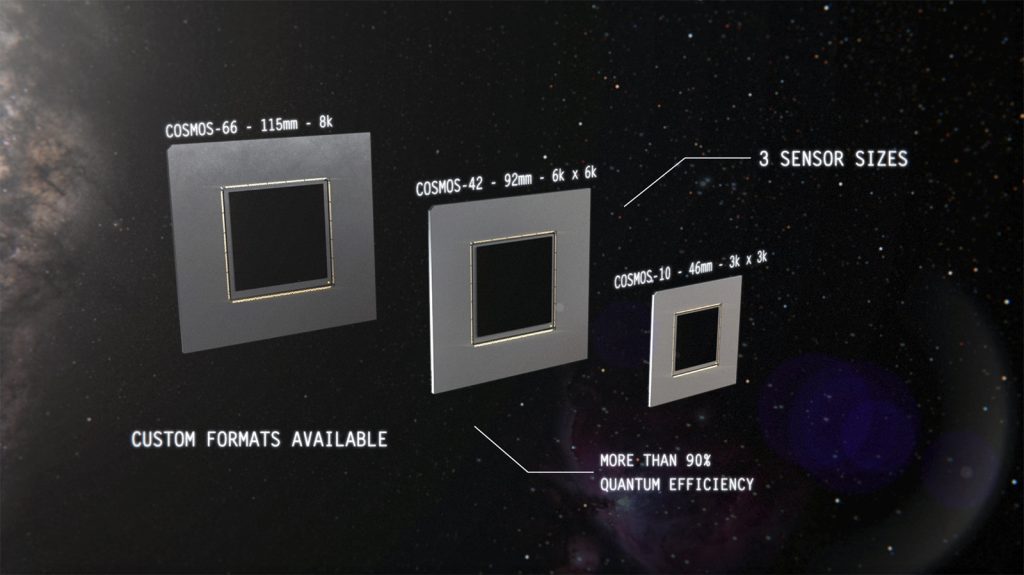
The COSMOS is designed for mission-critical operations and delivers performance required by cutting-edge astronomy applications such as low earth orbital object tracking, exoplanet characterization, time-domain astronomy, and more.
“CMOS designs have a parallel readout architecture for high-image rates,” explains Jason McClure, chief technology officer of Teledyne Princeton Instruments. “The charge-to-voltage conversion takes place at each individual pixel, allowing read-out nodes on every column of the sensor to operate simultaneously.”
Teledyne’s lightweight, thermally stable, maintenance-accessible camera for ground-based telescopes is enabled by world-class engineers and expertise in design and integration of all components of astronomy cameras including sensor, electronics, cooling system, data transfer and software.
“The COSMOS camera with 66, 42, and 10 megapixels sensors will enable advancements in astronomy, and open paths for further commercialization of large area CMOS by other industries,” says Ravi Guntupalli, vice president and general manager of Teledyne Scientific Camera group. “We’re excited to provide a powerful imaging solution that both drives innovation and expands exploration of our universe.”
The sensor will be able to take on several needed tasks for the next generation of space exploration…from earth.
Exoplanets

Exoplanet characterization and discovery is at the forefront of astronomy, with various techniques, such as transit photometry and radial velocity, being used for identification and validation.
These techniques require a camera with high precision, low noise, high dynamic range and high duty cycle to detect any slight variations in the luminosity of the exoplanet’s associated star. With deep cooling and a read noise of 0.7 e-, three times lower than industry-leading CCD sensors, the COSMOS is able to measure these small variations.
With greater than 90% peak quantum efficiency, the back-illuminated COSMOS has high sensitivity over the visible range, alongside high dynamic range allowing for both bright and faint objects to be imaged within the same frame, without risk of saturating pixels while still detecting weaker signal. As the COSMOS utilizes advanced CMOS technology, it has a near-100% duty cycle essential for dense, high cadence measurements.
Orbital Object Tracking
Orbital object tracking involves the monitoring and characterization of objects within Earth’s orbit, such as asteroids, space debris, or satellites.
These measurements typically require high frame rates with low noise and high sensitivity over a large field of view. The COSMOS has a low read noise of 0.7 e-, allowing for fast frame rates essential for the detection of dynamic objects. COSMOS also has high sensitivity within the visible, with a peak quantum efficiency of >90%, allowing for the fainter signals, typical of shorter exposure times, to be detected. Lower orbit objects typically move rapidly across the horizon, requiring a large field of view to capture the object’s position and trajectory most accurately. The large sensor sizes of the COSMOS allow low orbital objects to be captured over a longer period of time, resulting in minimal movement of the telescope tracking system.
Time Domain Astronomy
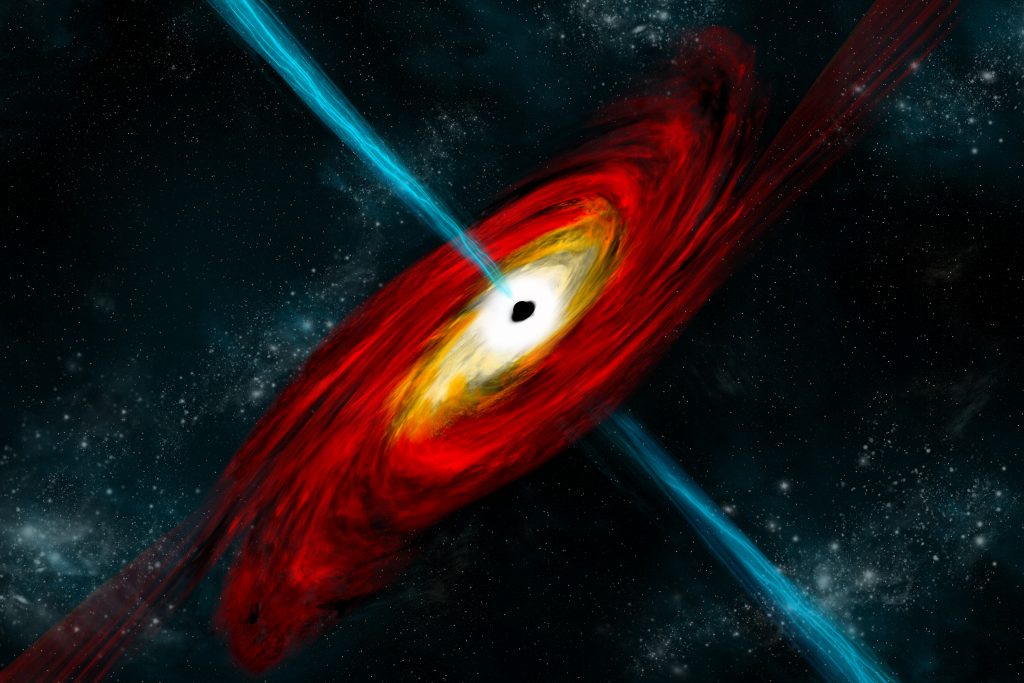
Time domain astronomy is the study of how unique, one-off events change and vary over time in space. It is an area of research that utilizes a range of techniques to acquire the most information about each individual event. As these events are unknown, each technique typically uses shorter exposure times and rapid imaging to prevent saturation of the detector.
With both a peak quantum efficiency greater than 90% in the visible, and a read noise of 0.7 e-, the COSMOS camera is able to detect faint signals common with shorter exposure times. The COSMOS also has fast frame rates with continuous imaging, allowing for rapid capture of a dynamic event.
The high dynamic range of the COSMOS ensures that both bright and faint signals can be captured within the same frame, without the fear of saturating the pixels with brighter signals, while still detecting weaker signals. The COSMOS also has large sensor sizes, with up to 115 mm diagonal, allowing for multiple references stars to be captured within each frame, improving object or event calibration.
Solar Physics
The Sun is continually changing, with highly dynamic outer layers. Studying these dynamic events can provide valuable insight into the processes and formation of stars at similar stages to the Sun. With high spatial and temporal resolution, the COSMOS allows for accurate investigation into the dynamic events of the outer surfaces and the solar atmosphere. The large pixel size and large pixel array of the COSMOS provides the most comprehensive field of view, allowing capture of the entire area of an event, such as a solar flare, to be images within one frame.
Adaptive Optics
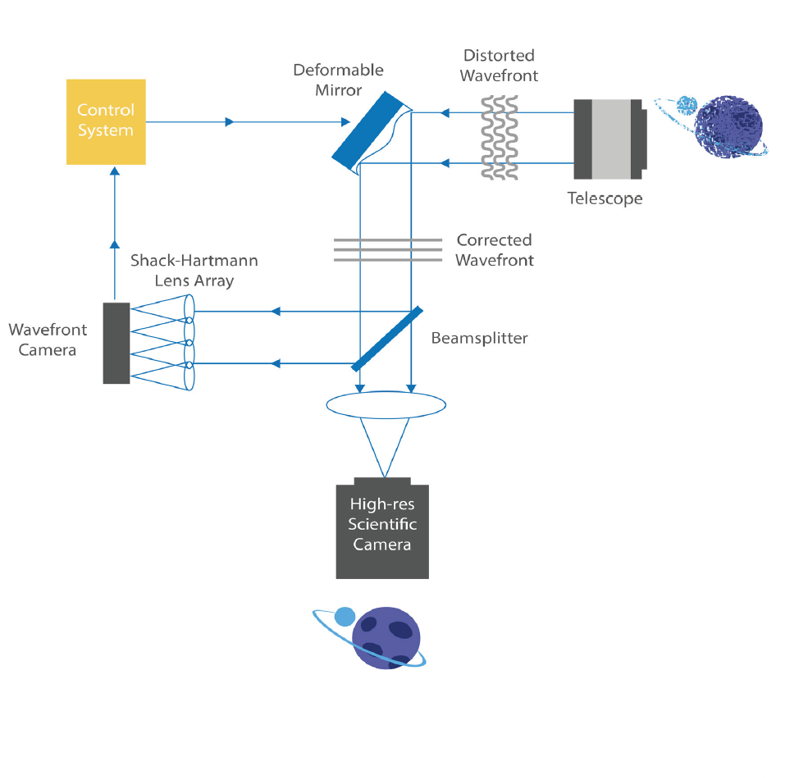
Adaptive optics is a technique that provides higher resolution images by counteracting the effects of atmospheric turbulence. In order to do so, the adaptive optics system utilize a camera with both fast frame rates, to keep up with the changing atmosphere, and low read noise, to ensure correction is atmosphere only, to feed back into the telescope system to make atmospheric adjustments.
The COSMOS has a low read noise of 0.7 e-, ensuring that any corrections are from the changes in atmosphere, and allowing for the wavefront capture of fainter stars that are closer to the scientific object of interest. The COSMOS also provides fast frame rates without sacrificing sensitivity, as common with EMCCD camera detection of greater than a few photons. These frame rates combined with short frame times of the COSMOS allow for rapid system adjustments in the most turbulent of atmospheres.
Speckle/Lucky Imaging
Speckle and lucky imaging are two alternative methods which rely on rapid image acquisition to “freeze” the turbulent motion of the atmosphere, and through post processing, improves image resolution. These techniques require a camera with low noise, fast read out and high sensitivity to counteract the effects of turbulence while still detecting the object of interest at short exposure times.
The COSMOS is able to combine both object detection at short exposure time with fast frame rates, due to a low read noise of 0.7 e- and a high peak quantum efficiency of >90%. This allows for the rapid image capture essential for delivering diffraction-limited imaging. The COSMOS also has large format sensors, allowing for the detection of multiple objects within a frame, further increasing efficiency of both techniques.
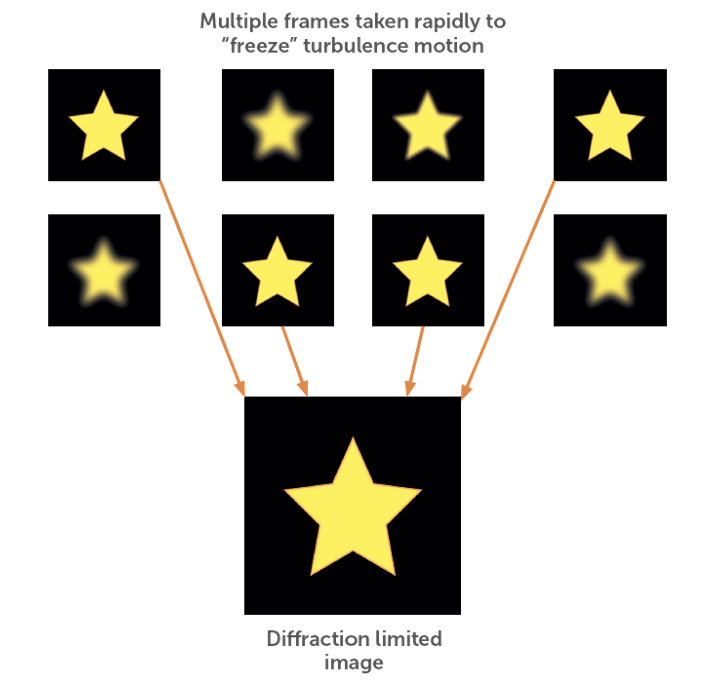
Designed to exceed expectations
The COSMOS builds on Teledyne’s many decades of experience in almost every aspect of space observation and exploration.
Large format without compromise
The challenge of CMOS cameras has been maintaining performance when scaling to larger formats; in particular offering the combination of speed and low noise architecture. COSMOS delivers deep-cooled, low-noise performance on a multi-megapixel scale with global shutter, 18-bit readout, and glow reduction technology.
Unbeatable sensitivity
Due to back-illumination, the COSMOS achieves near-perfect light collection, achieving over 90% peak quantum efficiency. With minimal 0.7 e- read noise and 0.05 e-/p/s dark current, the COSMOS is able to detect the weakest of signals.
Fast frame rates
The COSMOS is well suited to dynamic imaging applications due to its fast frame rates and high sensitivity. In addition, the short readout times can enable quick decision making and analysis. With the ability to select multiple regions of interest (or imaging apertures) the COSMOS can improve readout speed while reducing unnecessary data.
Unmatched dynamic range
COSMOS offers an incredibly wide high dynamic range of 54,000 (94 dB) for measuring both bright and faint signal within the same image. Alongside the high dynamic range, the proprietary analog-to-digital converter design present within COSMOS provides unsurpassed linearity across the entire dynamic range, improving quantitative precision across all measurements.
True global shutter
Electronic global shutter devices are often necessary for the capture of fast-moving objects. This is achieved on CMOS through the addition of a “storage area” within each pixel. However, global shutters on back-illuminated CMOS devices were not previously possible due to parasitic light artifacts. The COSMOS has a redesigned pixel structure allowing for back-illumination alongside a global shutter. This redesign also minimizes parasitic light sensitivity, providing both the best sensitivity and artefact-free imaging.
Deep cooling & lifetime vacuum
Deep cooling is essential to reduce the thermal dark current noise generated from long exposure times. The COSMOS builds on Teledyne Imaging’s industry-leading cooling performance, achieving -30°C cooling with low dark current. COSMOS sensors are also cooled from the moment of manufacture, providing far superior image quality, free of glows found in other back-illuminated sensors. The integrated all-metal, hermetically sealed vacuum enclosure, with lifetime warranty, prevents any outgassing or degradation problems, common within other cameras.
Teledyne’s commitment to space and ground-based astronomy innovation
The COSMOS shouldn’t come as a surprise. It’s part of a larger commitment to advancing planetary science, astronomy, and astrophysics, and related fields.
The market for space and ground-based astronomy technologies continues to grow, with organizations like NASA and ESA, as well as their peers around the world, reaffirming their commitment to increasing capabilities.
Today Teledyne is leveraging its advanced sensor and camera expertise in unique ways to offer complete end-to-end solutions that enrich our customers’ lives. These solutions span from the James Webb infrared deep-field imaging telescope to the development of payload subsystems for communication satellites, to extremely broad-spectrum, and cooling technologies that enable deep space exploration. With our global footprint we can easily lend our expertise to observatories, educational institutions, and researchers around the world.



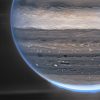 The James Webb Space Telescope: A New Look at Jupiter
The James Webb Space Telescope: A New Look at Jupiter 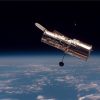 Looking UP: Space-Based Satellites That Feed our Fascination with the Universe
Looking UP: Space-Based Satellites That Feed our Fascination with the Universe 